22 Education App Gamification Examples
 Jason Louro
Jason LouroThis post is part of a series on how gamification mechanics are used effectively in various types of consumer apps. You may find these gamification examples helpful if you are looking to incorporate gamification into your product strategy.
Education Apps and the Role of Gamification
Education apps deliver learning content through digital devices. They are interesting because they offer personalized, accessible, and engaging learning experiences. They often use gamification, such as points, badges, leaderboards, and challenges, to motivate users, track progress, and make learning more enjoyable. This boosts engagement, encourages continued use, and ultimately enhances knowledge retention and skill development. Now, without further ado, here are 22 education apps that use gamification to create engaging user experiences.
22 Education App Gamification Examples
Brainscape
Brainscape uses spaced repetition and gamification to help users learn and retain information. It is useful for test preparation and general knowledge.
Brainscape uses the following gamification features:
-
Progress Bars: Brainscape uses a progress bar to visually represent how much of a flashcard deck a user has mastered. As the user rates their understanding of each flashcard, the progress bar fills up, providing a clear indication of their learning progress.
-
Streaks: Brainscape tracks and displays streaks to motivate users to study consistently. A streak represents the number of consecutive days a user has engaged with the platform, encouraging daily use and reinforcing learning habits.
-
Levels: Brainscape uses a spaced repetition algorithm, and as users correctly answer flashcards and demonstrate mastery, they advance through different levels of understanding for each concept. These levels are visually represented and provide a sense of progression.
Brilliant
Brilliant.org offers courses in math, science, and computer science through problem-solving. Users earn points and badges as they progress.
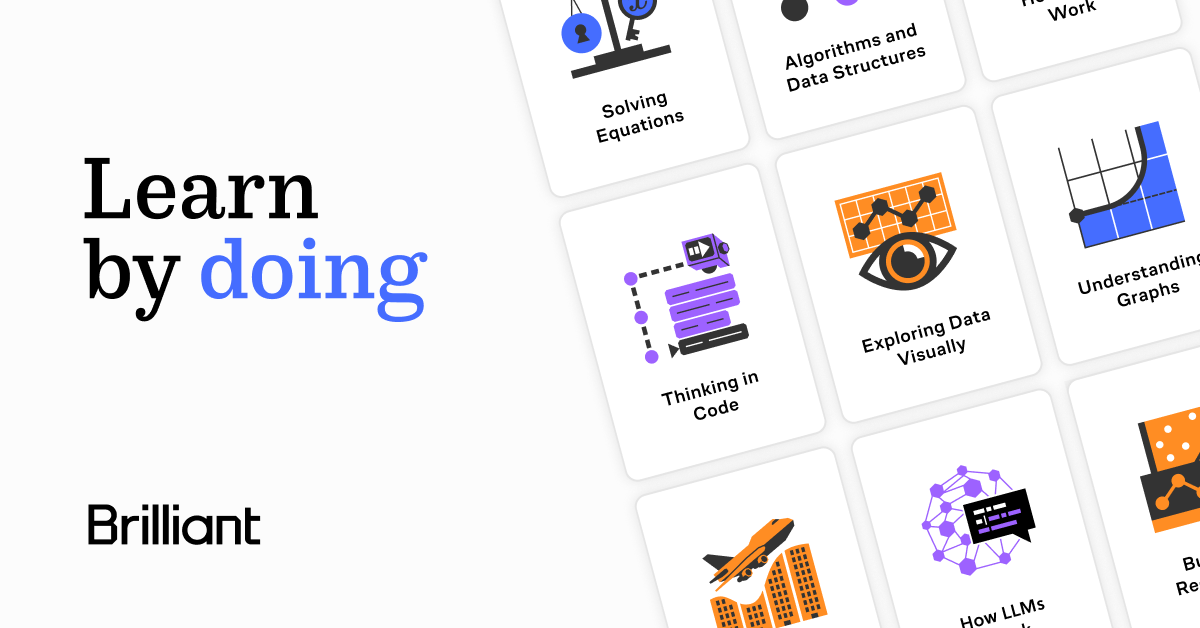
Brilliant uses the following gamification features:
-
Points: Users earn points for completing lessons and exercises. These points contribute to their overall progress and can be viewed on their profile.
-
Progress Bars: Brilliant uses progress bars to visually represent the completion status of courses and individual lessons, motivating users to continue learning.
-
Levels: Users advance through levels as they accumulate experience by completing courses. Higher levels often unlock new content or features.
-
Challenges: Brilliant offers a daily challenge that helps to motivate users to keep up with practicing what they have learned.
-
Badges: Brilliant awards badges to users upon the completion of certain courses or achievement of certain goals.
-
Streaks: Brilliant tracks how many days in a row a user has practiced.
ClassDojo
ClassDojo connects teachers, students, and parents through a classroom management platform with points and rewards for positive behavior and participation.

ClassDojo uses the following gamification features:
-
Points: Students receive points for positive behaviors and skills, such as teamwork, hard work, and participation. These points are customizable by the teacher.
-
Badges: Teachers can award badges to students to recognize specific achievements, positive behaviors, or skills demonstrated in the classroom. These badges act as visual acknowledgements of student progress.
-
Rewards: Teachers can give rewards to students using points that they earned.
Codecademy
Codecademy provides interactive coding lessons and uses points, badges, and projects to motivate users to learn programming languages.
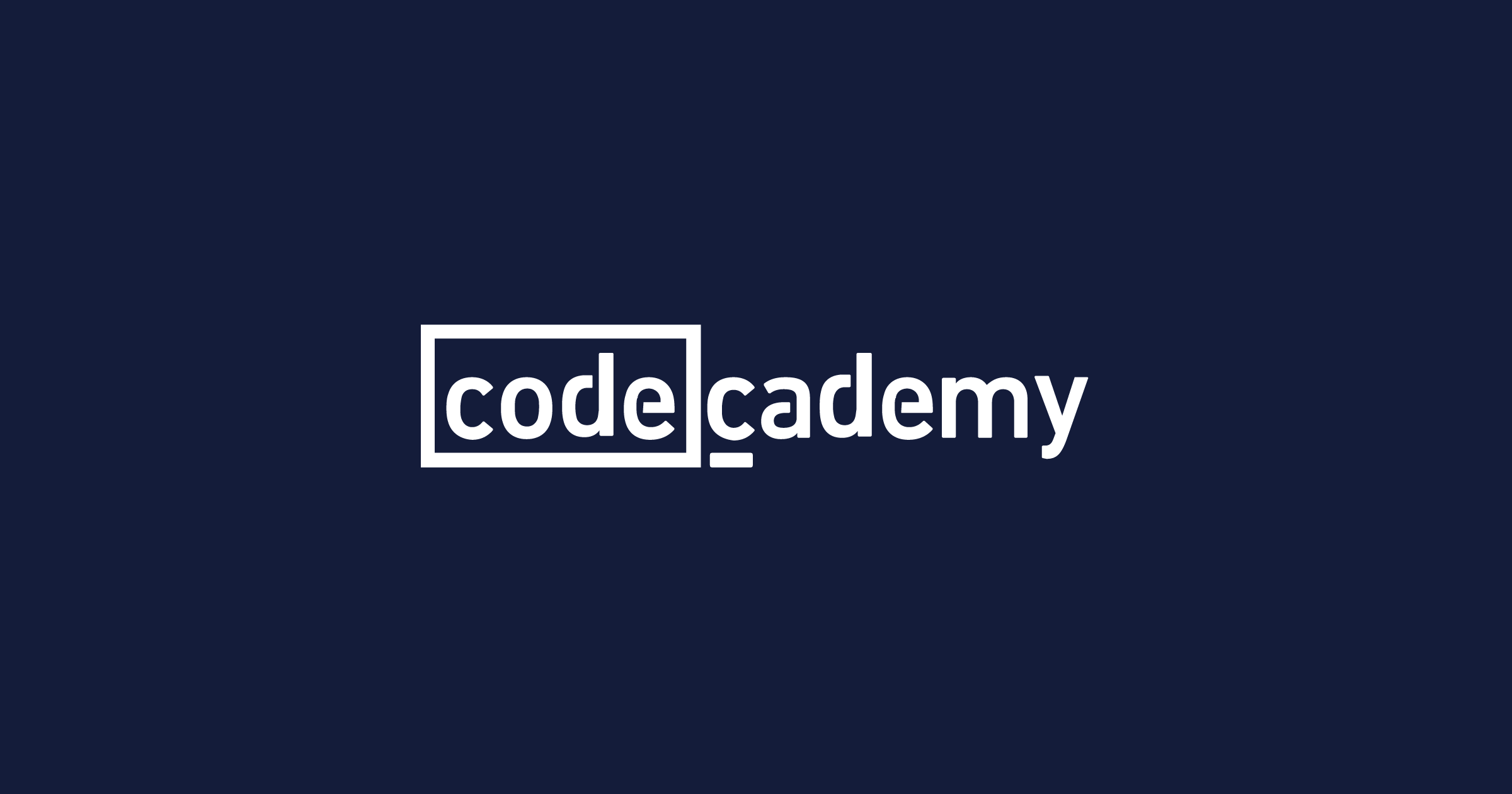
Codecademy uses the following gamification features:
-
Points: Users earn points for completing lessons, exercises, and projects. The points contribute to their overall progress and can be a measure of their activity on the platform.
-
Progress Bars: Codecademy uses progress bars to visually represent how much of a course or module a user has completed. This provides a clear sense of accomplishment as the user moves closer to finishing the content.
-
Badges: Codecademy awards badges for completing courses, projects, or achieving certain milestones. These badges are displayed on a user's profile as a form of recognition.
-
Streaks: Codecademy uses Streaks to motivate users to learn every day. The app tracks the number of consecutive days a user spends learning and encourages them to maintain their streak.
-
Levels: As users accumulate points and complete courses, they advance through levels that reflect their proficiency. Higher levels often unlock access to more advanced content or features.
Coursera
Coursera provides online courses, certificates, and degrees from top universities and institutions. It often includes gamified elements.

Coursera uses the following gamification features:
-
Points: Learners earn points for completing various activities such as watching videos, completing quizzes, and participating in discussion forums. These points contribute to their overall course progress and can be a motivating factor.
-
Progress Bars: Coursera uses progress bars to visually represent a learner's progress within a course or a specific module. This allows learners to quickly understand how much they have completed and how much remains.
-
Achievements: Learners receive achievements or badges for completing courses, specializations, or achieving certain milestones. These badges are displayed on their profile and can be shared.
DragonBox Algebra
DragonBox Algebra uses a game-based approach to teach algebra concepts. It makes learning math fun and engaging for students.
DragonBox Algebra uses the following gamification features:
-
Levels: The game is structured into multiple levels that gradually increase in difficulty. Players must complete earlier levels to unlock subsequent ones, providing a sense of progression.
-
Progress Bars: The app visually represents the player's progress through each level, usually in the form of a progress bar that fills as the player solves equations.
-
Rewards: The app uses rewards such as unlocking new characters, cards, or worlds as the player progresses through the game.
Duolingo
Duolingo is a language-learning platform that uses gamification to motivate users to learn new languages through points, levels, and streaks.
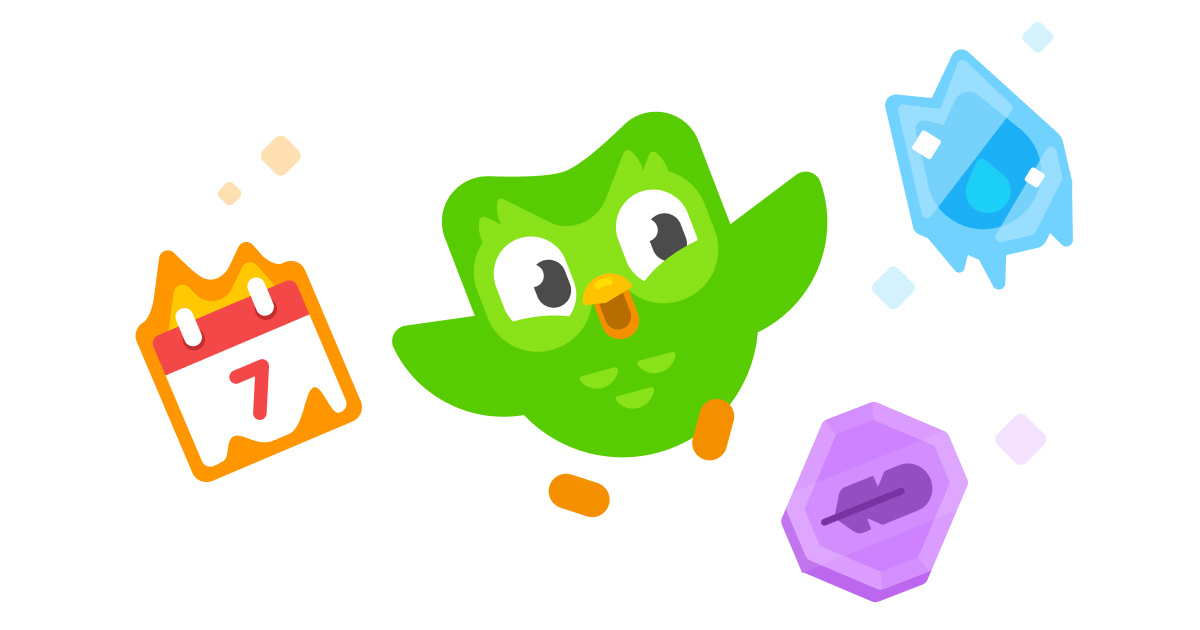
Duolingo uses the following gamification features:
-
Points: Users earn experience points (XP) for completing lessons and activities. These points contribute to their daily progress and ranking on leaderboards.
-
Progress Bars: Duolingo uses a progress bar to visually represent a user's advancement within a lesson or course, indicating how close they are to completion.
-
Challenges: Duolingo offers daily or monthly challenges to encourage consistent learning and engagement. Completing challenges often yields rewards.
-
Streaks: Users maintain streaks by using the app daily. Duolingo visually represents these streaks and rewards users for maintaining them.
-
Leaderboards: Duolingo has implemented a league system where users are placed in leaderboards with other learners and compete for top positions by earning XP.
-
Achievements: Users can earn achievements and badges for completing various tasks and milestones within the app, such as completing a course or reaching a certain streak length.
Elevate
Elevate is a brain-training app that uses games to improve cognitive skills. Users can track their progress and compete with others.

Elevate uses the following gamification features:
-
Points: Users earn points for completing exercises and activities within the app. These points contribute to their overall progress and level.
-
Levels: Elevate uses a level system to track user progression. As users accumulate points and complete activities, they advance to higher levels, unlocking new content and features.
-
Badges: Users are awarded badges for achieving specific milestones or demonstrating proficiency in certain skills. These badges serve as visual representations of their accomplishments.
-
Streaks: Elevate uses streaks to encourage consistent engagement. Users are motivated to practice regularly to maintain their streaks and earn bonus rewards.
-
Progress Bars: The app uses progress bars to show the user how much they have progressed towards completing daily goals, or levels.
Finelo
Finelo uses gamified micro-learning to help users learn and retain information and grow their knowledge. It is useful for teaching beginners the basics of investing, trading and financial literacy.
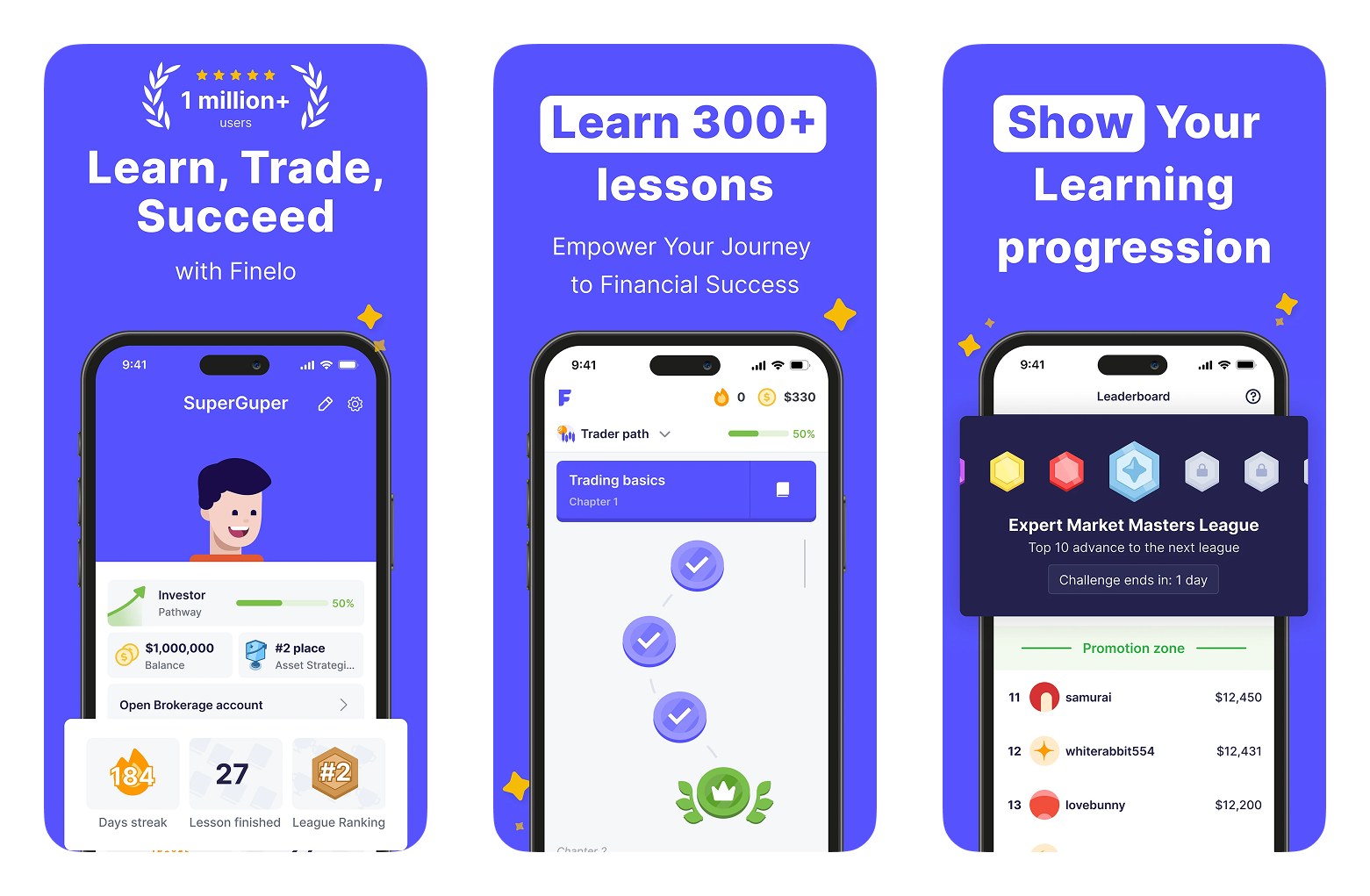
Finelo uses the following gamification features:
-
Personalized Learning Pathways: Finelo leverages AI capabilities to personalize your learning experience by tailoring your learning pathways to subjects and focus areas that actually matter for you.
-
Streaks: Finelo tracks and displays streaks on leadership boards to motivate users to study consistently. A streak represents the number of consecutive days a user has engaged with the platform, encouraging daily use and reinforcing learning habits.
-
Challenges: Finelo offers daily challenge that help motivate users to keep up with practicing what they have learned.
Happy Numbers
Happy Numbers provides personalized math practice for elementary students. It uses a game-like environment to keep students engaged.
Happy Numbers uses the following gamification features:
-
Points: Students earn points for completing exercises and lessons. These points contribute to their overall progress and can unlock new activities.
-
Progress Bars: Happy Numbers uses progress bars to visually represent a student's advancement through a lesson or topic. This provides a clear indication of how much they have completed and how much is left.
-
Achievements: Happy Numbers awards stars (achievements) for completing lessons, reaching milestones, and demonstrating mastery of concepts. Collecting stars motivates students to continue learning and progressing.
-
Levels: Happy Numbers uses levels to signify progress through the curriculum. As students complete more exercises and lessons, they advance to higher levels, which unlocks more challenging content.
iNaturalist
iNaturalist is a social network of naturalists, citizen scientists, and biologists built on the concept of mapping and sharing observations of biodiversity across the globe. It's gamified by encouraging users to contribute identifications.
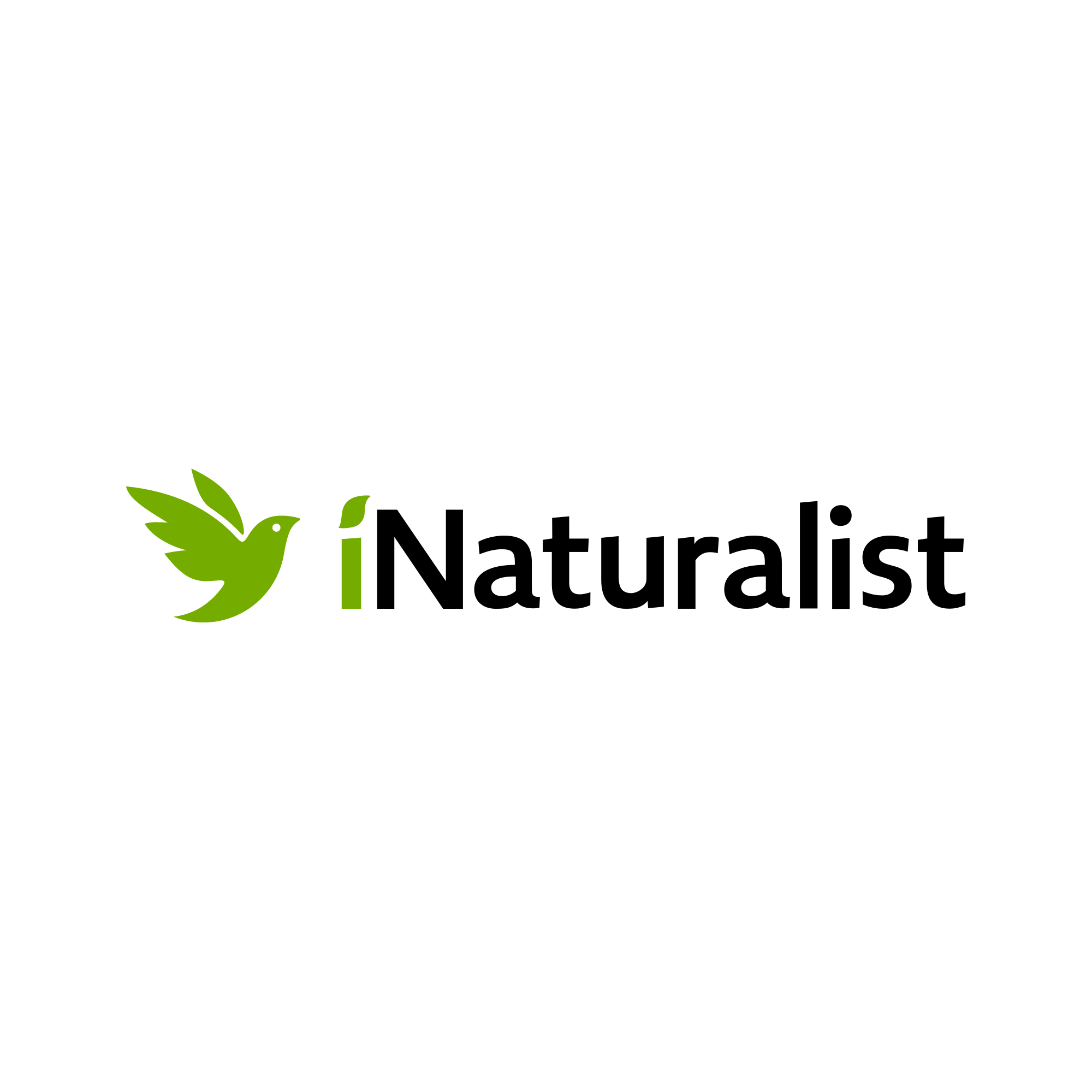
iNaturalist uses the following gamification features:
-
Badges: Users earn badges for reaching certain milestones, such as identifying a certain number of species, making a certain number of observations, or participating in specific projects.
-
Progress Bars: The app tracks the number of observations a user has made, contributing to their overall progress and encouraging them to continue contributing data.
-
Challenges: iNaturalist organizes specific time-bound "challenges" that are focused around observing specific species or in specific locations. These challenges further contribute to friendly competition and provide goals for users.
-
Streaks: iNaturalist tracks the number of consecutive days a user has made observations, encouraging users to regularly contribute data.
Khan Academy
Khan Academy provides free educational resources and uses points, badges, and progress tracking to motivate users to learn various subjects.
Khan Academy uses the following gamification features:
-
Points: Users earn points for completing exercises, watching videos, and mastering skills. These points contribute to their overall progress and can be seen on their profile.
-
Progress Bars: Khan Academy uses progress bars to visually represent a user's progress within a specific course or skill. This helps users understand how much they have completed and how much is left.
-
Badges: Khan Academy awards badges for achieving specific milestones or demonstrating mastery in certain subjects. Badges are displayed on a user's profile as a symbol of accomplishment.
-
Levels: As users accumulate points and demonstrate mastery, they advance through different levels. These levels provide a sense of progression and accomplishment.
-
Streaks: Khan Academy tracks streaks for consistent learning activity. Users are encouraged to maintain their streaks by engaging with the platform regularly.
Lumosity
Lumosity offers a variety of brain games designed to improve memory, attention, and other cognitive functions. Users receive personalized training recommendations.
Lumosity uses the following gamification features:
-
Streaks: Lumosity tracks your training days in a row. Longer streaks are encouraged to promote regular usage and habit formation.
-
Levels: Users gain experience and advance through levels as they play games and improve their cognitive skills. This provides a sense of progression and accomplishment.
-
Progress Bars: Lumosity displays a visual representation of your progress in different cognitive areas, such as memory, attention, and processing speed. This allows users to track their improvement over time.
-
Badges: Lumosity awards badges for completing specific tasks, reaching milestones, or achieving certain scores. These badges provide recognition for accomplishments and encourage further engagement.
Memrise
Memrise offers language learning courses with gamified elements like points, leaderboards, and virtual gardens.
Memrise uses the following gamification features:
-
Points: Users earn points for learning new words and reviewing previously learned material. These points contribute to their daily, weekly, and all-time scores.
-
Levels: Users advance through levels as they learn more words and concepts within a course. Completing levels unlocks new content and features.
-
Badges: Users earn badges for achieving certain milestones, such as learning a specific number of words or reaching a particular level in a course. These badges are displayed on their profile.
-
Streaks: Memrise tracks the number of consecutive days a user spends learning on the platform. Maintaining a learning streak motivates users to engage with the app daily.
-
Progress Bars: Memrise uses progress bars to visually represent a learner's progress within a course or learning session, indicating how much they have completed and how much remains.
-
Leaderboards: Memrise has leaderboards where users are ranked based on the number of points they've earned, fostering a sense of competition and encouraging users to learn more to climb the ranks.
PiggyBot
PiggyBot is an allowance tracker that helps parents teach their kids about money management through a virtual piggy bank system with goals and rewards.
PiggyBot uses the following gamification features:
-
Points: Users earn points for completing savings goals and other positive financial behaviors.
-
Badges: Users can unlock badges for reaching specific milestones or completing certain challenges related to saving and financial literacy.
-
Progress Bars: Visual representation of how far the user is in reaching their savings goals. Encourages users to continue until they reach 100%.
-
Rewards: PiggyBot offers rewards when savings goals are reached. These rewards are often monetary contributions from family members.
Preply
Preply is an online learning platform that connects students with tutors for personalized lessons. It focuses primarily on language learning but also offers tutoring in other subjects.
Preply uses the following gamification features:
Prodigy Math Game
Prodigy Math Game is a fantasy-based math game for elementary and middle school students. It adapts to each student's level and provides personalized learning.
Prodigy Math Game uses the following gamification features:
-
Points: Players earn points for answering math questions correctly and battling creatures. These points are used to level up their character and unlock new content.
-
Levels: Players progress through different levels in the game as they answer more questions correctly. Leveling up unlocks new areas, items, and spells.
-
Rewards: Players earn rewards such as new equipment, pets, and cosmetic items as they progress through the game and complete quests.
-
Challenges: Players can complete various challenges within the game to earn extra rewards and experience.
-
Progress Bars: The game tracks the player's progress through different worlds and curriculum topics, often displayed visually.
Quizlet
Quizlet is a learning tool that allows users to create and study flashcards, with points and badges awarded for mastering different subjects.
Quizlet uses the following gamification features:
-
Points: Quizlet awards points for completing study activities like flashcards, learn, and test modes. These points contribute to a user's overall progress and can be a motivational factor.
-
Streaks: Quizlet tracks the number of consecutive days a user studies. Maintaining a streak can motivate users to study regularly to avoid breaking their streak.
-
Progress Bars: Quizlet uses progress bars within different study modes to visually represent how much of the material a user has mastered. This provides a sense of accomplishment and encourages them to complete the set.
-
Challenges: Quizlet offers challenges where users compete against themselves or others to achieve the best score in a learning activity. This adds a competitive element to studying.
Scratch
Scratch is a visual programming language that allows users to create interactive stories, games, and animations. It is designed for young learners.
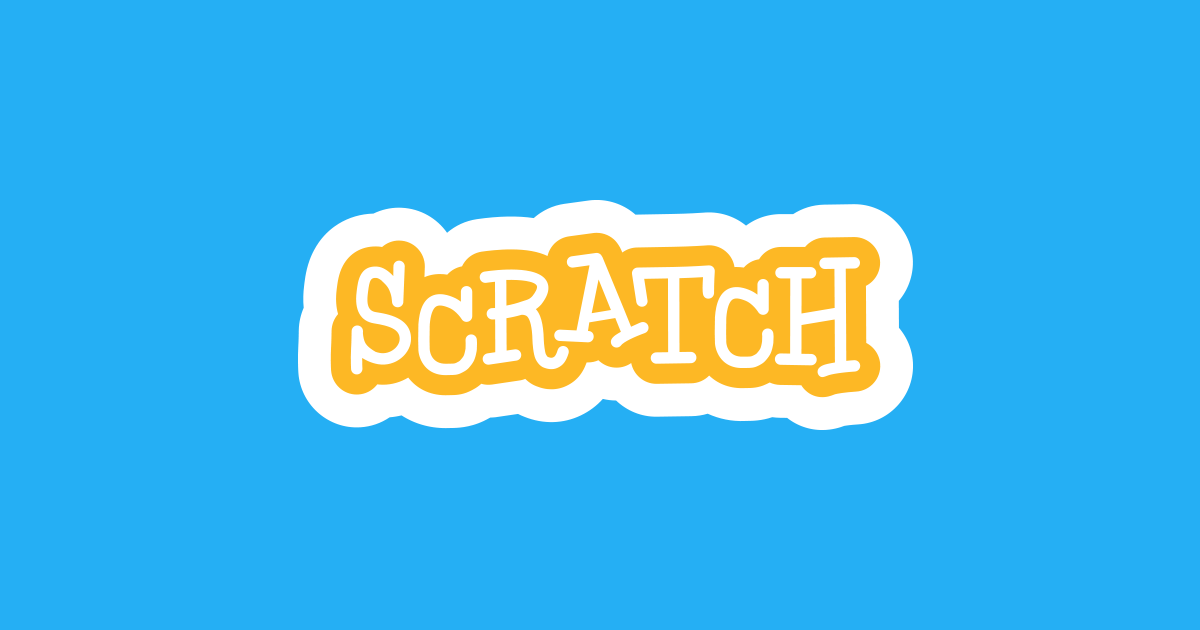
Scratch uses the following gamification features:
-
Badges: Scratch uses virtual badges to reward users for various activities, such as creating a project, favoriting a project, or leaving helpful comments. These badges are displayed on a user's profile, providing a visual representation of their accomplishments and encouraging further engagement.
-
Levels: Scratch uses a 'Scratcher' status, which can be seen as a level, to recognize active and engaged community members. Users gain this status after actively participating in the community, sharing projects, and demonstrating positive behavior. The 'Scratcher' status grants additional privileges, such as the ability to create cloud variables, encouraging continued contribution and responsibility.
-
Points: Scratch uses project views, loves, and favorites as a form of points. Users are motivated to create and share projects that appeal to other Scratchers, gaining recognition and popularity based on the number of views, loves, and favorites their projects receive.
Skillshare
Skillshare is an online learning community with thousands of classes in design, business, tech, and more. It uses progress tracking and projects to engage learners.
Skillshare uses the following gamification features:
-
Progress Bars: Skillshare uses progress bars to show students how much of a class they have completed. This visually motivates users to finish the class.
-
Streaks: Skillshare uses Streaks to motivate students to continue learning every day. The app tracks the number of consecutive days a student engages with the platform.
-
Badges: Skillshare uses Badges, which are sometimes called "achievements," as visual indicators of accomplishment. Users are awarded badges for completing certain actions within the app.
Tynker
Tynker teaches kids to code through fun, interactive games and projects. It covers a range of programming concepts.

Tynker uses the following gamification features:
-
Levels: Tynker uses levels to guide users through a structured learning path, unlocking new content and projects as they progress.
-
Badges: Tynker awards badges to users for completing courses, projects, and other activities, providing visual recognition of their achievements.
-
Points: Tynker uses points to track user progress and engagement, awarding them for completing activities and projects.
-
Challenges: Tynker provides challenges for users to test their coding skills and apply what they've learned in creative ways.
-
Progress Bars: Tynker motivates its users to improve learning habits by using a progress bar to show how close a student is to finishing a course or activity
YNAB
YNAB (You Need a Budget) is a budgeting software that uses rules and education to help people gain control of their money. Although not directly gamified, it promotes engagement through its methodology and community.
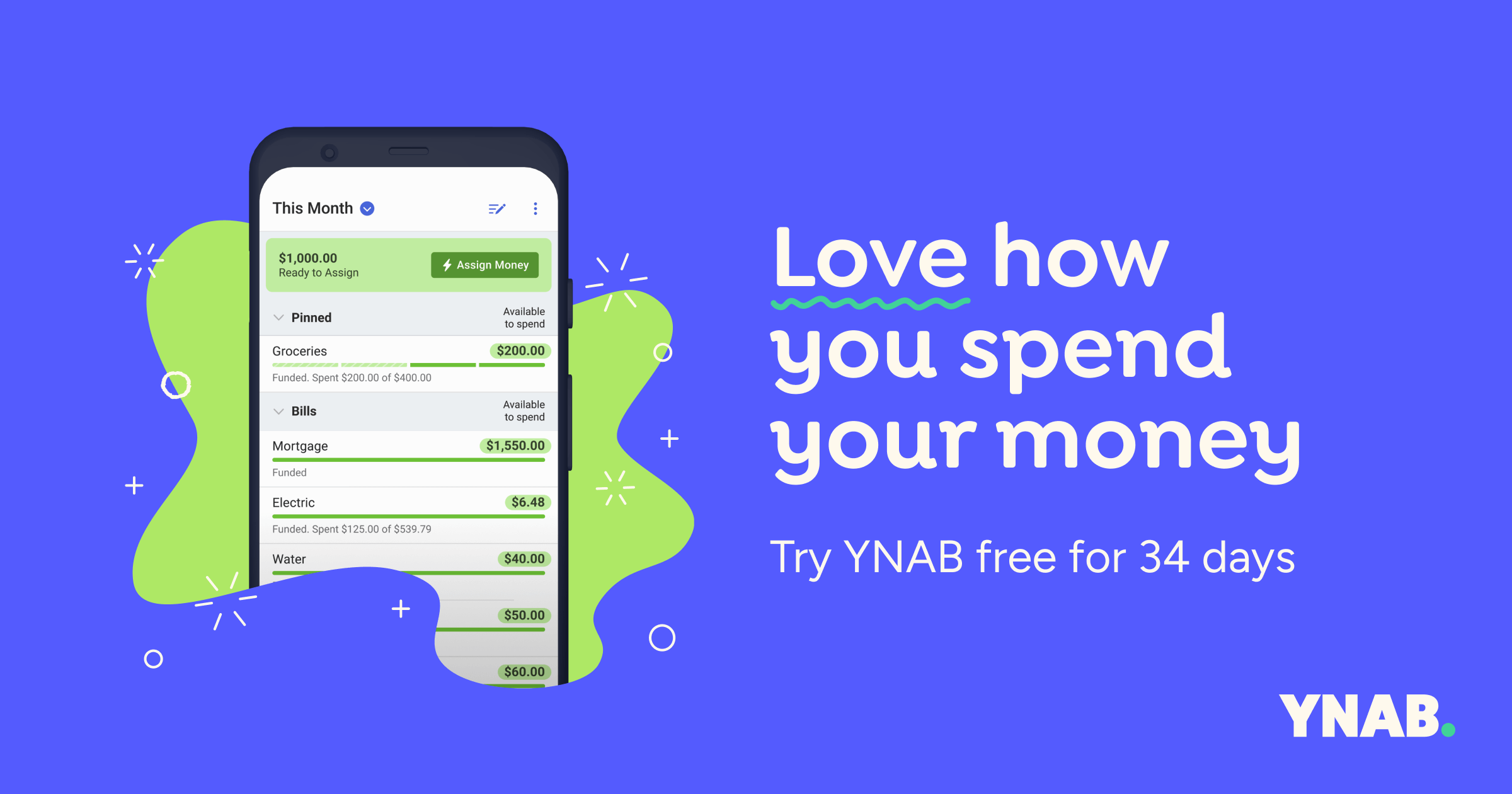
YNAB uses the following gamification features:
-
Progress Bars: YNAB uses a progress bar to visualize the funding status of each budget category. As you allocate money to a category, the progress bar fills up, indicating how close you are to fully funding that category for the month.
-
Streaks: YNAB uses Streaks in the sense of consecutive months of budgeting. The app visually celebrates when you consistently budget, encouraging users to maintain their financial planning habits over time.
Conclusion
These are just a few examples of how gamification can be used effectively in education apps. We hope you found these examples inspiring and that they help you think about how you can incorporate gamification into your own product strategy.
If you're looking to build gamification into your app or platform, we encourage you to check out Trophy, a set of APIs and tools that make it easy.
Add gamification and retain your users
Trophy provides APIs and toolkits for adding gamification features to your app. If these examples have resonated with you, you'll want to give it a try.
Trophy is gamification infrastructure that retains users.
Gamification infrastructure that retains users.
Gamification APIs for web and mobile
Free up to 100 users. No CC required.
Get updates
Stay in the loop with all things gamification.